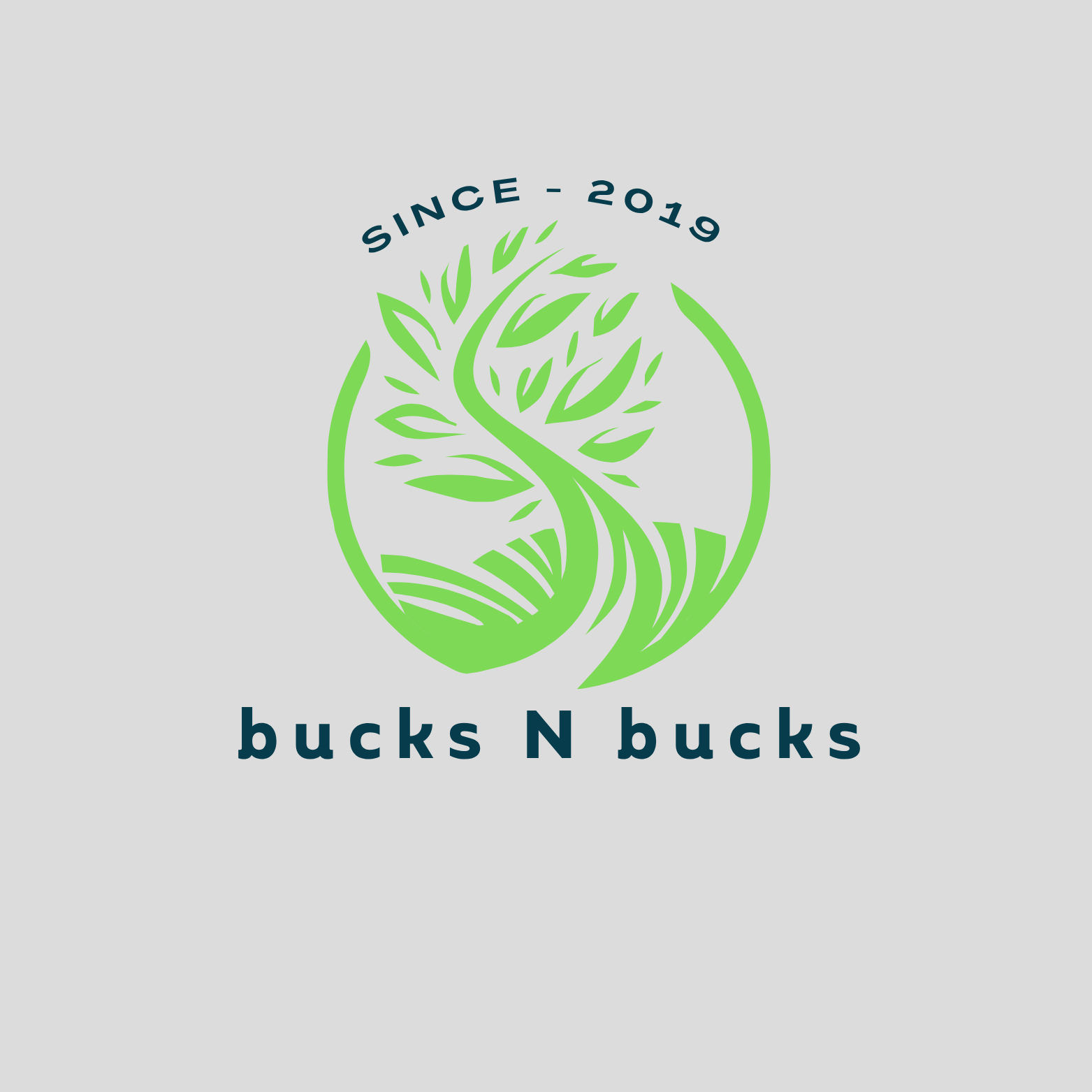In the vibrant world of vegetable farming, ensuring smooth operations, efficient resources use, and accurate financial reporting are essential to thriving in the market. One of the crucial tools that large businesses use to achieve these goals are internal controls. But what exactly are internal controls and why are they important? Curiosity has been my friend for years and I would like to dig into the details with you.
What are internal controls?
Internal controls are processes, policies, and procedures established by a business to ensure the integrity of financial and accounting information, promote accountability, and prevent fraud. They aim to provide reasonable assurance that the company’s objectives will be achieved in terms of reliability of financial reporting, effectiveness and efficiency of operations, and compliance with laws and regulations.
The Objectives of Internal Controls in a Vegetable Business
1. Reliability of Financial Reporting: Accurate financial statements are crucial for making informed decisions, securing loans, and attracting investors. Internal controls help prevent errors and fraud that could lead to misstated financial reports. What is very important is that reporting should be done so quick and frequent to enable you to be in sync with market dynamics.
2. Effectiveness and Efficiency of Operations: Streamlining operations and improving efficiency help meet your business goals, from planting and harvesting to sales and distribution. There is absolute power in keeping things very simple and eradicating unnecessary processes.
3. Compliance with Laws and Regulations: Adhering to agricultural laws, food safety regulations, and environmental guidelines avoids legal penalties and maintains your business’s reputation. I hope you are well aware of Local General Agricultural Practices that can help your business to secure access to strategic markets.
Internal controls can be classified into several categories, each serving a different purpose:
1. Preventive Controls: Designed to deter errors or fraud from occurring. Examples that you can employ in your vegetable business include segregation of duties, requiring authorization for significant purchases, and implementing access controls to financial records. I think what one can avoid is giving an individual full control of all the processes in a single department.
2. Detective Controls: These identify errors or fraud that have already occurred. Examples to consider include inventory reconciliations, regular inspections of crops and storage facilities, and review of financial statements. It makes absolute sense why external auditors are needed to enforce proper reporting.
3. Corrective Controls: Implemented to correct errors or irregularities that have been detected. Examples include procedures for handling customer complaints and correcting billing errors. How quick do you respond to customer complaints? Do you even have an account set aside allocated specifically for refunds?
Implementing Internal Controls in Your Vegetable Business.
1. Control environment
The control environment sets the tone of your business and influences the control consciousness of your employees. Here’s how to establish a strong control environment:
As the leader of the enterprise, demonstrate your commitment to ethical behavior and internal controls. Lead by example and communicate the importance of integrity and accountability. More so, provide regular training to employees about internal control procedures, ethical standards, and their responsibilities. The culture of an organisation is an intangible so powerful, if established correctly, rivals will find it difficult to compete with you. Lastly, define roles and responsibilities clearly. Ensure that there is no overlap that could lead to conflicts of interest or unchecked power. For a startup this can be very difficult to do with limited resources, however the library has always been the best antidote for a lack of information.
2. Risk Assessment
Identify and analyze risks that could prevent your business from achieving its objectives. For a vegetable business, risk mitigation might include:
Regularly monitor crops for signs of pests and implement integrated pest management strategies. I think it is also important to read about the insects to better understand them to enable you to implement a much more effective pest management program. To add, it is also advisable to use weather forecasting tools and implement measures to protect crops from extreme weather. Equally important, learn to diversify crops to reduce dependency on a single product and monitor market trends to adjust your production accordingly.
3. Control activities
Develop and implement control activities to mitigate identified risks. Examples for a vegetable business include:
Segregation of duties to ensure that no single employee has control over all aspects of any significant transaction. For example, the person responsible for purchasing seeds should not be the same person who approves payments. It is important to require management approval for all major expenditures and contracts and implement a purchase order system to track and authorize purchases. Lastly, inventory management should be enforced in the business to ensure regular count and reconciliation of inventory.
4. Information and communication
Ensure that pertinent information is identified, captured, and communicated in a timely manner. Here’s how:
Implement the use of accounting software to maintain accurate financial records. Regularly review financial statements to detect any discrepancies. Furthermore, establish clear channels for communication within the team. it is important that you hold regular meetings to discuss operations, address issues, and review performance. These are the small little things that we often overlook but are enough to bring the whole business to its knees. To conclude, maintain good relationships with suppliers, customers, and regulatory bodies. Keep them informed about your business practices and any changes that might affect them.
5. Monitoring
Continuous monitoring of internal controls ensures they are functioning as intended. Implement the following practices:
Conduct internal audits to evaluate the effectiveness of your control systems. Consider hiring an external auditor for an unbiased review. Equally important, regularly review the performance of employees and the business as a whole. Use key performance indicators to measure efficiency, productivity, and profitability. Lastly, encourage employees to report any issues or suggestions for improvement.
As such, implementing robust internal controls in your vegetable business is essential for achieving operational efficiency, accurate financial reporting, and compliance with regulations. By fostering a culture of accountability and vigilance, you can protect your assets, ensure accuracy in financial reporting, and build trust with stakeholders. Much like tending to your crops, nurturing strong internal controls requires care, attention, and consistent effort, ultimately leading to a bountiful harvest of success.

